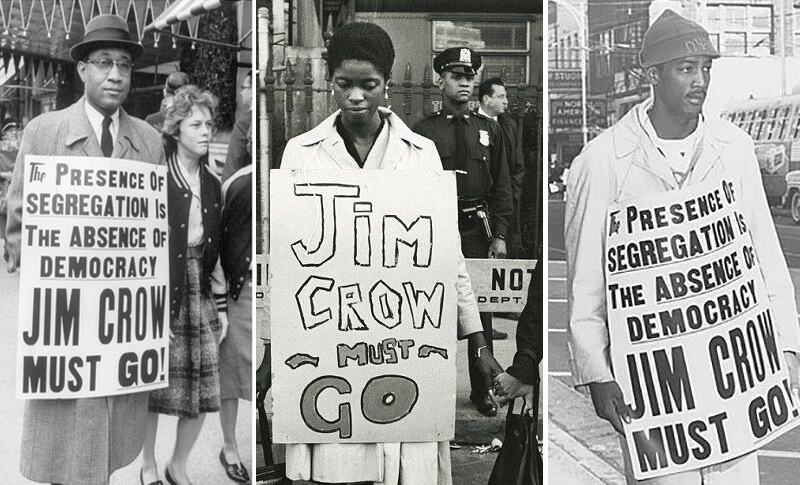Jim Crow was a system of racial segregation that enforced strict racial hierarchy and discrimination against Black people in the United States from the late 1800s to the mid-1960s. It was a system that oppressed Black people, relegated them to second-class citizenship, and perpetuated the belief in white supremacy.
History of Jim Crow
Jim Crow laws were named after a character in a minstrel show that ridiculed and stereotyped Black people. These laws were implemented after the Civil War during Reconstruction as a way to maintain white supremacy and control over the Black population. Jim Crow laws enforced racial segregation in all public spaces, including schools, transportation, restaurants, and other public accommodations. It also denied Black people the right to vote, work certain jobs, and own property.
Impact of Jim Crow on the Black Community
Jim Crow laws caused significant harm to Black people, both economically and psychologically. It denied Black people access to education, healthcare, and other basic necessities that would allow them to thrive. It created a culture of fear, where Black people were constantly subjected to violence, harassment, and discrimination. The laws also reinforced negative stereotypes about Black people and perpetuated the belief in white supremacy.
Impact of Jim Crow on the White Community
The Jim Crow laws created a culture of entitlement among white people. It perpetuated the belief that white people were superior to Black people and that they deserved special treatment. It also fostered an environment of racial tension and violence, which impacted both Black and white people.
Influence of Jim Crow on Culture
The legacy of Jim Crow laws continues to impact American culture today. It has left a lasting impression on the racial, economic, and social landscape of the country. It has contributed to the racial disparities that still exist in education, healthcare, housing, and the criminal justice system.
Why It Is Important
Understanding the history and impact of Jim Crow is crucial to understanding the racial injustices that persist in America today. It serves as a reminder of the resilience and strength of the Black community in the face of adversity. It also highlights the importance of continuing to fight against systemic racism and to work towards creating a more equitable society.
How to Be an Ally
Being an ally means actively working to dismantle systems of oppression, including those perpetuated by Jim Crow laws. This can involve educating oneself about the history of racism and its impact on marginalized communities, advocating for policy changes that address racial inequalities, and actively listening to and supporting the voices of people of color.
Sources:
- “The Rise and Fall of Jim Crow” by PBS: https://www.pbs.org/wnet/jimcrow/
- “Jim Crow Laws” by History: https://www.history.com/topics/early-20th-century-us/jim-crow-laws
- “The Jim Crow Era” by Equal Justice Initiative: https://eji.org/history/racial-justice/jim-crow-era/
